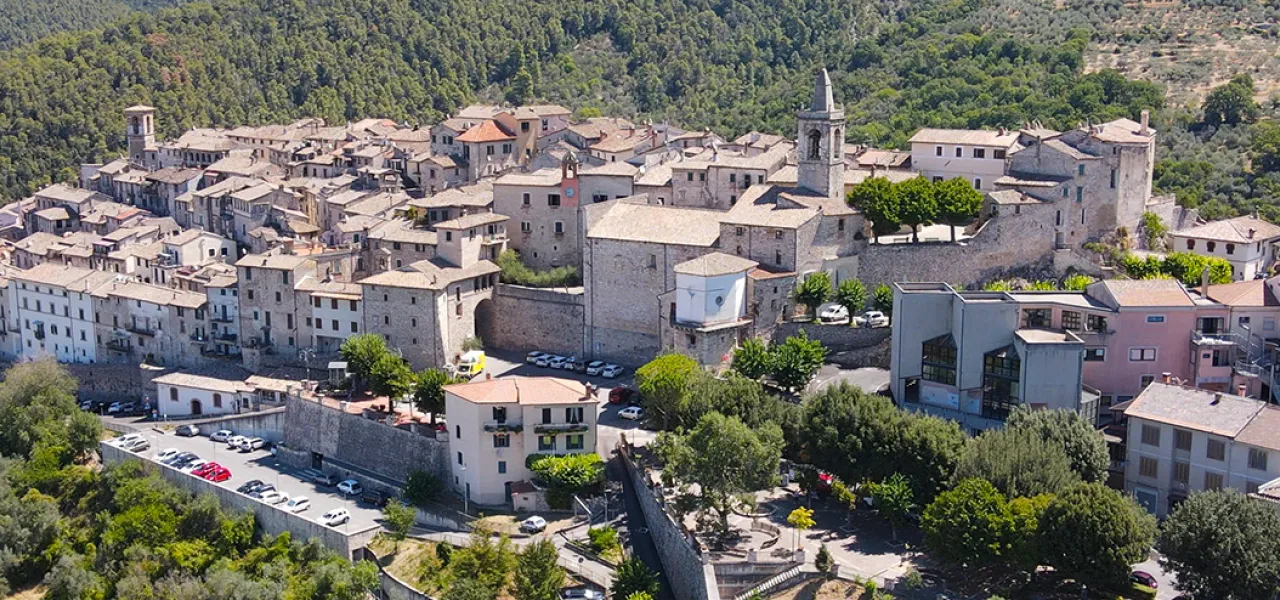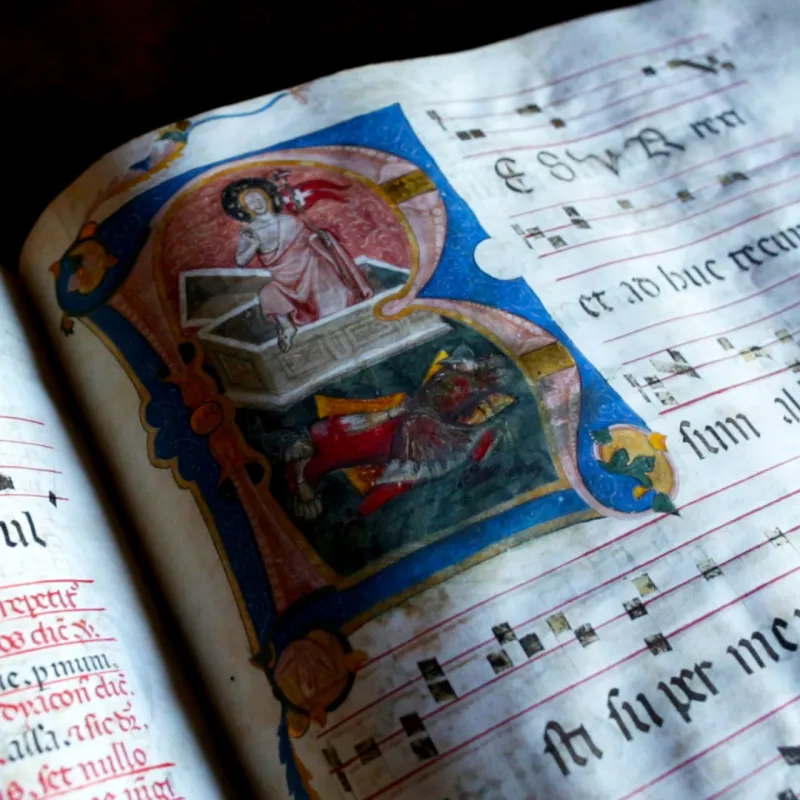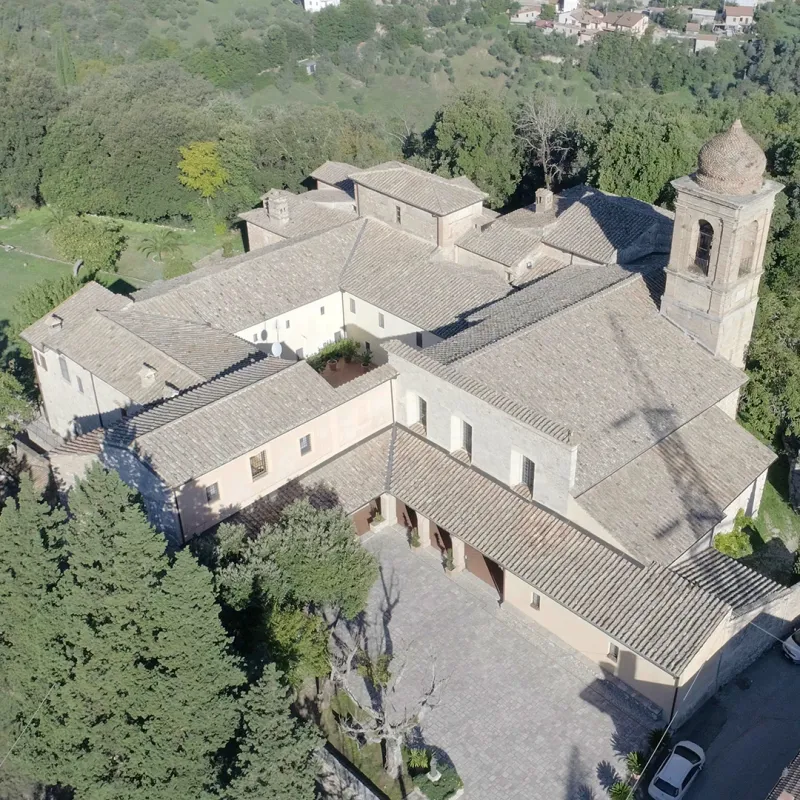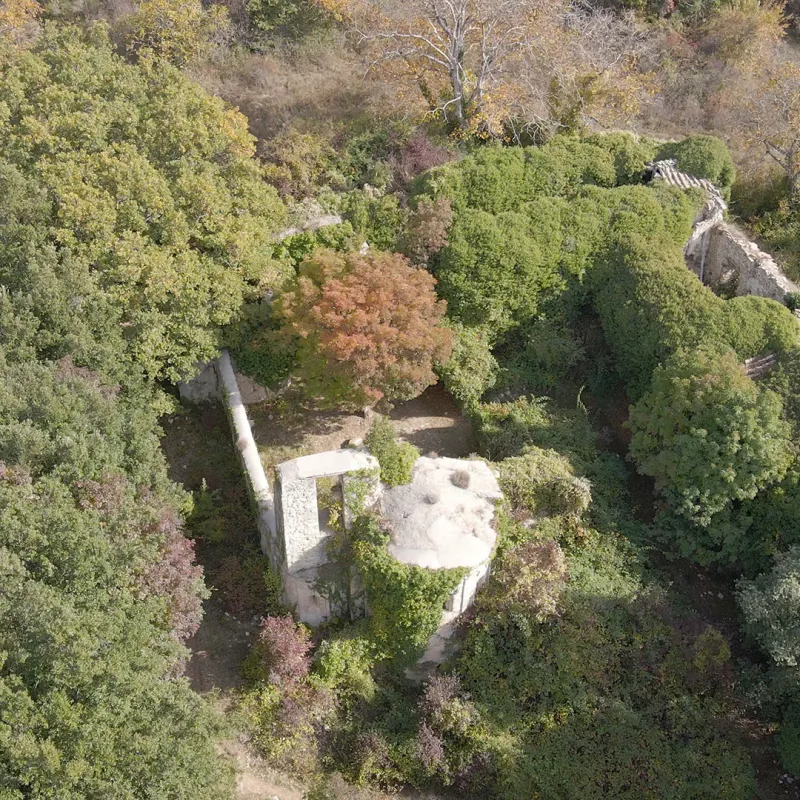Stroncone

Originally, it must have been a fortress defending communication routes, located on the border between Byzantine territories and the Lombard Duchy of Spoleto. Its name is believed to derive from one of the Dukes of Spoleto, Ugone. From Castrum Ugonis to Castrugone and later to Strungone. Enclosed within ancient walls, Stroncone is accessible through the massive Main Gate that faces today’s Piazza della Libertà, right in front of the beautiful 16th-century Three Cups Fountain.
After passing through the gate, we find ourselves in Piazza San Giovanni, named after the Oratory facing it, with the Medieval Well at its centre. Further up, there is the Square where the Church of San Nicolò and the Palazzo dei Priori, now housing the Town Hall, are located. Further up, where the ancient Fortress must have stood, is now the Church of Madonna del Gonfalone. Continuing through the narrow medieval streets, we reach the Church of San Michele Arcangelo, situated at the far end of the village on the cliff.
MUST SEE

The ancient Church of the Madonna del Gonfalone, located in the highest part of the village of Stroncone, not only houses paintings from the 16th and 17th centuries, but also the Choir Museum.

The Convent of St Francis, sanctuary of the Blessed Antonio Vici of Stroncone, was founded according to tradition by St Francis himself in 1213.

Along the route that connects Stroncone to Miranda are the remains of the Abbey of San Benedetto, which takes its name “fundis” from the nearby source of the monks.